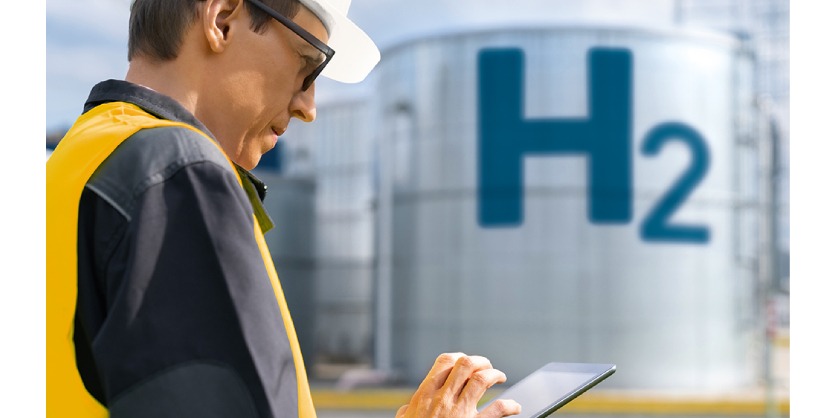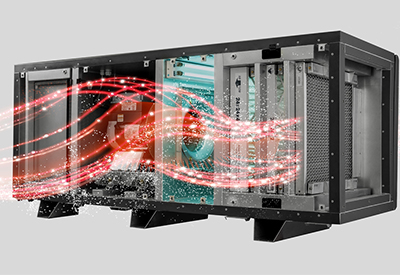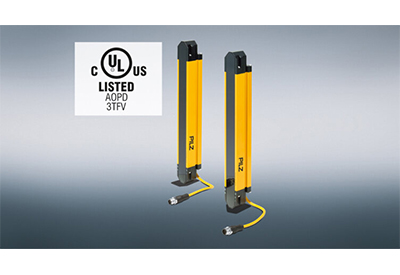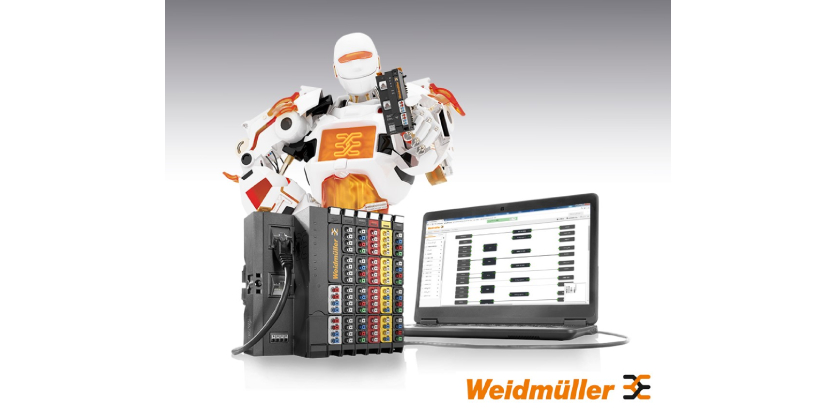Hydrogen: Safe Energy Carrier or Explosive Challenge?
June 10, 2025

By Armin Glaser, Vice President Strategy and Cooperation at Pilz
Hydrogen is considered the energy carrier of the future. Its potential applications are diverse: it is used in industry when steelmaking, in the chemical or glass industry, for mobility as fuel for fuel cell vehicles or for electricity reconversion. The downside of the energy carrier: the gas is colourless and odourless, while at the same time highly flammable. Appropriate safety measures and safe monitoring systems are therefore required during production and handling.
What becomes clearer all the time: social acceptance of new technologies is linked directly to the associated dangers and the management of potential errors. Even in these new application areas, it is extremely useful to draw on the experience gained from a more than 40-year history of functional safety in industry.
With its automation solutions, Pilz enables hydrogen to be used safely and economically – across the energy carrier’s whole added value chain: from H2 production in electrolysers, storage and transport, through to use in fuel cells or industrial burners.
Safe, efficient storage and transportation
For transportation hydrogen is highly compressed; it is transported in special high-pressure tanks by rail, water or road. Rapid pressure changes – such as those that occur when filling or removing hydrogen, or even during temperature fluctuations – can cause stresses in the composite transport container if they occur repeatedly. The result: delamination of the material (the individual layers of the material separate from each other), a reduced service life for the pressure vessel as well as leakages and, in the worst case, even explosions. To protect the hydrogen tanks and in particular the people in the vicinity of the transfer points, special safety precautions are required when filling and emptying the tanks.
Pilz’s proven, safe controllers monitor these transfer processes reliably with failsafe analogue value processing – and stop a filling or emptying process in the event of an error. In Bremerhaven, Germany, GP JOULE counts on safety solutions from Pilz. The energy company converts excess electricity from wind power into CO2-neutral hydrogen, stores it in tanks on special lorry trailers and delivers the highly flammable gas to hydrogen refuelling stations within the city. Here, vehicles belonging to Bremerhaven Bus, among others, are refuelled with green energy. Loading and unloading of the pressure vessels is equally simple, fast and, above all, safe at all transfer points.
“Safety-related accuracy”: measured values accurate to within 1 percent
The process values critical for H2 refuelling or storage are recorded via safe analogue sensors and read into a safety controller. When monitoring pressure in the range from 0 to 1,000 bar, safety-related accuracy is crucial for the function of the entire safe monitoring chain. Risk assessments for tube trailer refuelling have shown that just a 1% accuracy (in this case: 10 bar) can meet safety requirements.
In practice, specification of the analogue value resolution is often considered sufficient. It may appear within an acceptable range in the data sheet, but it is not automatically usable for the safety design! It’s worth taking a closer look!
After the process values are recorded, it is important not only to monitor them for compliance with absolute (static) limit values, but also to recognise their dynamic course and limit this if necessary. This requires more complex monitoring functions such as safe gradient monitoring! The safety controllers use the “Safe Ramp Monitoring” software block to monitor compliance with relevant parameters regarding critical rise and fall values during pressure and temperature changes – and thus the speed at which the hydrogen is loaded and unloaded. If such a rise value is exceeded or undershot, the safe controller triggers a required reaction – for example, a regulator or compressor is throttled or a valve is closed completely.
Holistic approach to Safety and Security
Automation solutions can usefully complement the classic, more mechanically dimensioned safety properties of components in the hydrogen industry. That’s because functional safety always considers the safe reaction of the process, across the entire lifecycle. OT Security protects the availability of plant and machinery from manipulation and misuse. The focus is on the protection of plant data and the question of which people have access to a process. These functions are particularly essential when considering critical infrastructure facilities.
Pilz firmly believes that only an early, holistic approach to Safety and Security in the hydrogen industry guarantees comprehensive protection. The evolving hydrogen industry can benefit from industry’s many years of experience.
Related Story
Sensor-Based Safety = Efficient Automation with Pilz
Pilz is an expert in sensor technology as well as safety relays. Pilz products are not just found in the control cabinet. Pilz sensor technology PSEN also ensures the necessary safety on many machines in the field.
Safe automation is impossible without safe sensor technology. A universal safety concept is only enabled through interaction with sensors in the field – they not only detect hazardous situations but also record data, so that machinery can be operated safely and proactively.






